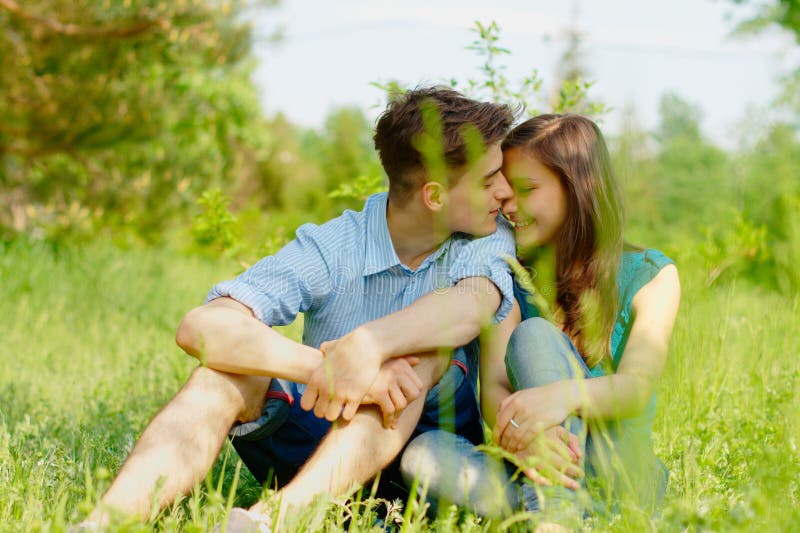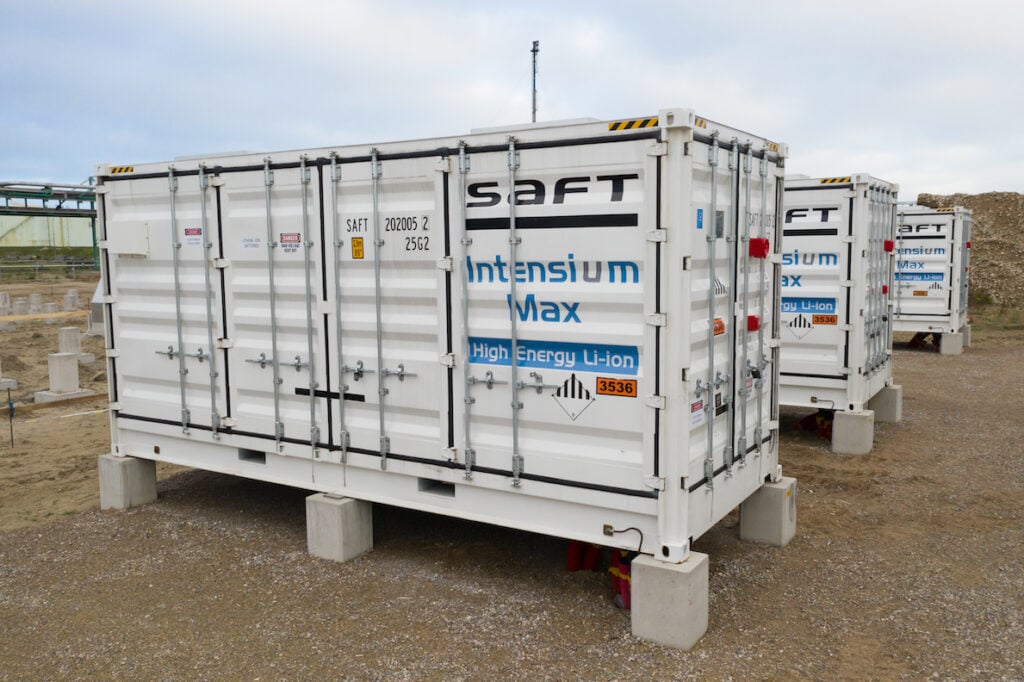Pixels and Prompts Navigating Creativity in the Age of AI Animation

Not long ago, bringing a dragon to life on screen took months. Now, it might take a few days—and an AI model. The world of animation and VFX is changing faster than ever, thanks to artificial intelligence. But while the speed is thrilling, many artists are asking: Is AI just a helpful sidekick, or is it quietly stealing the brush from the artist’s hand?
Let’s unpack the transformation—honestly, with both eyes open.
Animation Meets AI: A Love-Hate Beginning
For most animators, the idea of AI walking into the studio was like an intern who suddenly starts acting like the creative director. Confusing. Intriguing. A little threatening.
At first, tools like Runway, Adobe Sensei, and NVIDIA’s Omniverse were dismissed as gimmicky. But then something happened—they started working really well. In-betweening frames, cleaning up motion capture, generating background environments in seconds. Tasks that used to drain hours now got done in clicks.
In 2023, Marvel Studios began testing generative AI to pre-visualize complex scenes before any camera rolled. Love it or hate it, that was a sign: AI is no longer at the door. It’s inside the studio.
But Where Does That Leave the Artist?
Here’s the thing. Animation and VFX have never been purely technical—they’re emotional crafts. That sense of timing in a character’s eye blink, or the mood in a hand-drawn cloud—those aren’t numbers. They’re instinct.
AI might know what a dragon looks like. But it doesn’t know why a dragon should look scared just before the castle crumbles. That’s a human decision, based on the story, the context, and yes, even the animator’s gut.
AI can assist. But it can’t feel.
This is what artists are worried about. Not just job security (though that’s real), but the slow erosion of something more personal—the joy of discovering a story frame by frame.
Let’s Be Real: AI Saves Time (And That’s Not a Bad Thing)
The reality is, animation isn’t all magic and sketchbooks. It also involves a lot of repetitive work. Cleaning green screen edges. Syncing lip movements. Matching shadows.
AI does these things brilliantly, and that’s a win. It gives artists more time for the good stuff: designing expressions, experimenting with color, perfecting mood.
Even major studios are warming up to this idea. In 2024, Netflix began using AI-assisted tools to streamline 3D environment builds, but they made sure to retain full artistic oversight. The goal wasn’t to replace talent—it was to support it.
That’s where the balance lies. Let AI handle the chores. Let humans craft the magic.
The New Creative Workflow
The best animators today aren’t resisting AI—they’re remixing it. A concept artist might use AI to generate ten different background ideas, then sketch their own take inspired by the results. A VFX artist might speed up rotoscoping with AI, but still fine-tune it by hand.
This hybrid approach is gaining traction, especially in creative ecosystems that blend tech and art organically.
In fact, the growth of animation training in tech-driven cities is proof. Many creative institutes are now reworking their curriculum to blend artistic fundamentals with AI tools. For example, an Animation course in Delhi recently updated its program to include modules on AI-assisted storyboarding and procedural modeling. It’s not about choosing between AI or art—it’s about teaching how to use both with intention.
The Elephant in the Studio: Ethical Storms Are Brewing
Let’s not ignore the storm clouds. A huge concern in the animation and VFX world is data sourcing and ownership. Most AI models learn from existing artwork—often scraped without permission. That means an artist’s style could be mimicked by a machine that never asked first.
In 2023, several lawsuits were filed against generative AI platforms for training on copyrighted art. It’s not just a legal issue—it’s about trust, fairness, and respect.
The question is no longer just “Can AI do this?” but “Should it?”
What the Future Might Look Like (And It’s Not All Doom)
The future of animation isn’t some bleak AI takeover. It’s messier, more interesting, and more collaborative than that.
Studios will likely hire fewer pure animators but more multi-skilled creatives—people who can draw, animate, and also guide AI tools to align with a vision. New roles will emerge: AI visual directors, ethical reviewers, creative prompt engineers.
Young artists will need to learn not just how to draw, but how to direct AI without losing their voice. Schools must evolve. Communities must hold each other accountable.
If we do this right, AI could push human creativity to new heights—rather than replace it.
Conclusion: The Canvas Is Still Ours
Let’s be clear. AI isn’t the villain here. Nor is it the hero. It’s a tool. Like a new kind of brush or camera—one with wild potential, but one that still needs a human touch to matter.
As AI continues to influence how we create, the responsibility lies with us to make sure creativity remains authentically ours. Whether it’s hand-drawing a 2D loop or prompting an AI to assist with lighting, the spark still begins in a human mind.
And as young artists in Delhi and beyond gear up for this evolving landscape, many are seeking out programs that help them straddle both worlds. One such program—a 2D Animation Course where students are raving about—now teaches traditional drawing techniques alongside AI-driven motion tools. That kind of blended learning might just shape the next generation of storytellers.
In the end, it’s not man vs. machine—it’s how well we dance with it.

Things You Should Keep in Mind Before Booking Escort Services in Chandigarh
- What things you should keep in mind before booking escort services in chandigarh

Why Gynaecological Health Is About More Than Just Reproduction
- Gynaecological health refers to the health of the female reproductive systemincluding the uterus fallopian tubes ovaries cervix and vagina

Fully Bossed Professional Career Academy Meets Insightful Career Advancing Blogs
- Accelerate growth with Fully Bosseds professional career academy and career advancing blogsyour go-to for expert insights and skill development

Powering the Future with Lithium Ion BESS
- Explore how lithium ion BESS is changing energy storage with Anushri Systech a trusted expert in South India